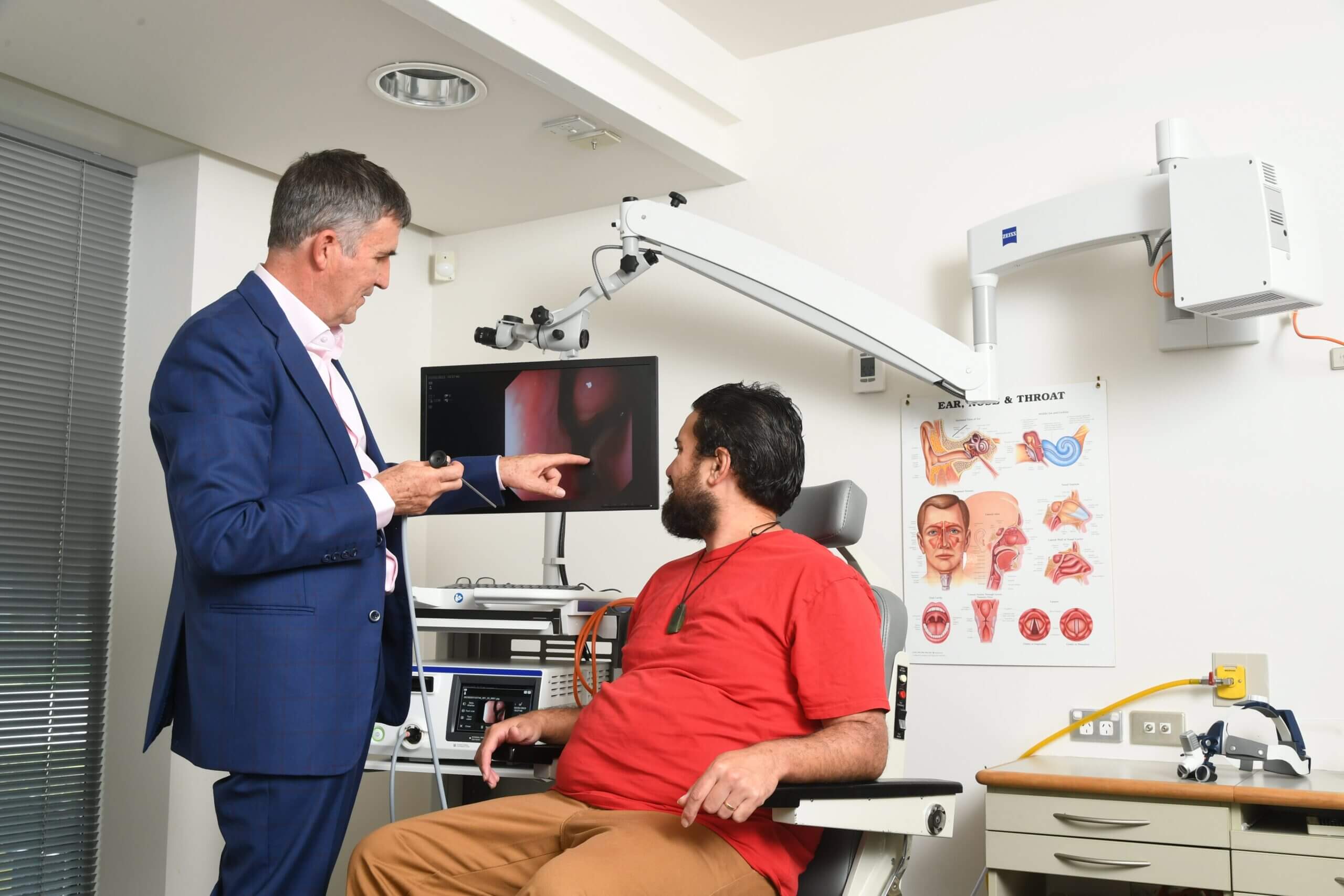The Nose
While the outside of the nose slopes up towards the eyes, the inside of the nose passes back parallel to palate (roof of the mouth) towards the throat. Inside the nose there is a partition between the two nostrils called the nasal septum. On the side wall of the nose are three ridges called turbinates. These ridges warm, humidify and filter the air. It may surprise you that the inside of the nose is about 6-7 cm long from the nostrils to the throat. Sinuses are air filled pockets surrounded by bone that connect to the nose through small openings. There are four groups of sinuses: the frontal (forehead), the maxillary (cheek), the ethmoid (between the eyes) and the sphenoid (behind the eyes) sinuses.
Blocked Nose and Nasal Surgery
A blocked nose is a common complaint amongst our patients and can either be a short or long-term condition. The most common short-term cause of a blocked nose is due to nasal congestion from hay fever or a head cold. Some people also suffer from a long-term, constant blocked nose which can affect their quality of life. Nose surgery may be required to treat this chronic health issue.
Aside from breathing issues, an ongoing blocked nose can also cause several health issues such as: an impaired sense of smell, fatigue, tiredness, obstructive sleep apnoea (OSA), ear infections and eustachian tube dysfunction.



